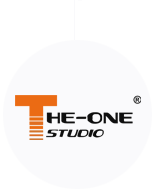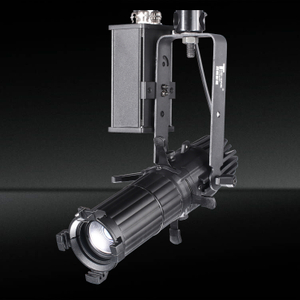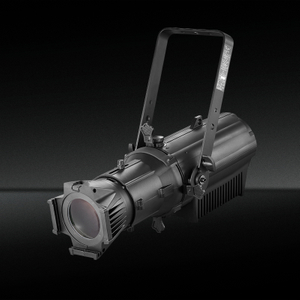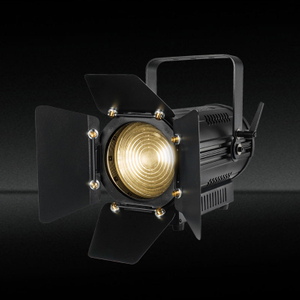What is the best type of lighting for a studio?
Views: 4 Author: Site Editor Publish Time: 2025-06-11 Origin: Site








In the dynamic world of photography and videography, lighting plays a pivotal role in shaping the quality and mood of the final output. With the advent of advanced technologies, the New LED Studio Light has emerged as a game-changer, offering unparalleled flexibility, efficiency, and control. This comprehensive guide delves into the various lighting options available for studios, emphasizing the transformative impact of New LED Studio Light technology.
Understanding Studio Lighting Options
Before exploring the specifics of New LED Studio Light, it's essential to understand the traditional lighting options that have been the mainstay in studios:
1. Tungsten Lighting
Tungsten lights have been a staple in studios for decades. They emit a warm light (~3200K) and are known for their excellent color rendering. However, they come with drawbacks:
Heat Generation: Tungsten lights produce significant heat, making the studio environment uncomfortable during extended shoots.
Energy Consumption: They consume more power compared to modern alternatives.
Bulb Lifespan: Tungsten bulbs have a shorter lifespan, leading to frequent replacements.
2. Fluorescent Lighting
Fluorescent lights offer a cooler light (~5600K) and are more energy-efficient than tungsten lights. They produce less heat and have a longer lifespan. However:
Color Rendering: While better than tungsten in some aspects, fluorescent lights can have inconsistent color rendering, affecting the accuracy of colors in photos and videos.
Flickering: Some fluorescent lights can flicker, especially when used with certain camera settings.
3. Strobe Lighting
Strobe lights are powerful flashes used primarily in photography. They offer high-intensity light bursts, freezing motion effectively. However:
Learning Curve: Strobes require understanding of sync speeds and power settings.
Not Ideal for Video: Due to their flashing nature, strobes aren't suitable for continuous lighting needs, such as video recording.
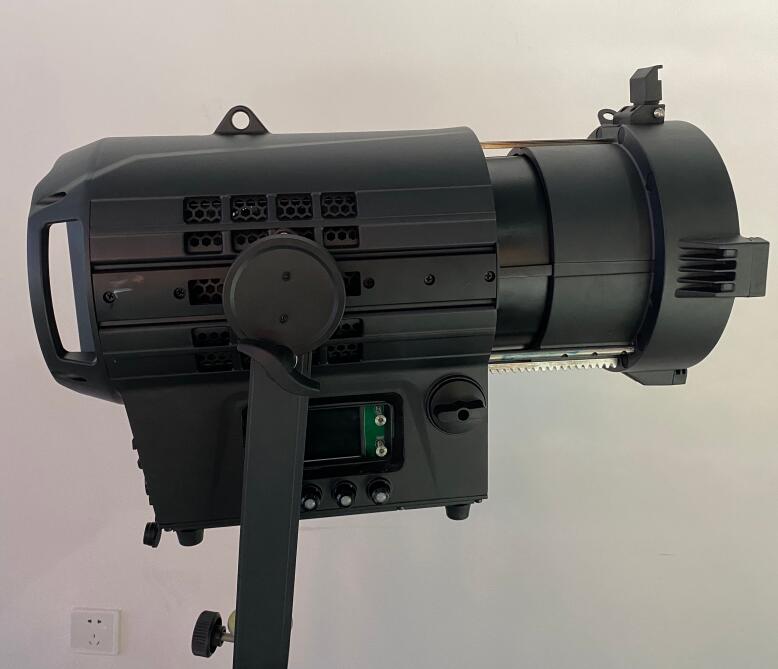
The Rise of New LED Studio Light
The New LED Studio Light represents a significant advancement in studio lighting, combining the best features of traditional lighting while addressing their shortcomings.
Advantages of New LED Studio Light
Energy Efficiency: LEDs consume significantly less power, reducing energy costs and environmental impact.
Low Heat Emission: They emit minimal heat, ensuring a comfortable studio environment.
Long Lifespan: LEDs can last up to 50,000 hours, minimizing maintenance and replacement costs.
Color Accuracy: Modern New LED Studio Lights boast high Color Rendering Index (CRI) values, ensuring accurate color reproduction.
Adjustable Color Temperature: Many models allow users to adjust the color temperature, offering versatility for different shooting scenarios.
Dimmability: LEDs can be dimmed without color shifts, providing precise control over lighting intensity.
Portability: Compact and lightweight designs make them ideal for on-location shoots.
Integration with Smart Controls: Many New LED Studio Lights can be controlled via apps or remote controls, streamlining workflow.
Applications in Modern Studios
The versatility of New LED Studio Light makes it suitable for various applications:
Photography: From portraits to product photography, LEDs provide consistent and controllable lighting.
Videography: Continuous lighting is essential for video, and LEDs offer flicker-free illumination.
Live Streaming: With the rise of online content creation, LEDs provide professional lighting for streamers.
Virtual Reality and Augmented Reality: Accurate lighting enhances the realism in VR and AR productions.
Comparing Lighting Options
To better understand the benefits of New LED Studio Light, let's compare it with other lighting types:
| Feature | Tungsten | Fluorescent | Strobe | New LED Studio Light |
|---|---|---|---|---|
| Energy Efficiency | Low | Medium | High | High |
| Heat Emission | High | Low | Medium | Low |
| Lifespan | Short | Medium | Long | Very Long |
| Color Accuracy | High | Medium | High | Very High |
| Dimmability | Limited | Limited | Not Applicable | Excellent |
| Portability | Low | Medium | Medium | High |
| Smart Integration | No | No | No | Yes |
| Suitable for Video | No | Yes | No | Yes |
| Suitable for Photo | Yes | Yes | Yes | Yes |
Choosing the Right New LED Studio Light
When selecting a New LED Studio Light, consider the following factors:
1. Purpose
Photography: Look for lights with high CRI and adjustable color temperatures.
Videography: Ensure the light offers continuous, flicker-free illumination.
Streaming: Compact designs with smart controls are beneficial.
2. Brightness
Measured in lumens, ensure the light provides sufficient brightness for your studio size.
3. Color Temperature Range
A broader range offers more flexibility in achieving desired moods and effects.
4. Control Options
Remote controls, app integration, and physical dials enhance usability.
5. Build Quality
Durable materials and robust construction ensure longevity.
6. Accessories
Compatibility with softboxes, diffusers, and other modifiers expands creative possibilities.
FAQs
Q1: Why should I choose a New LED Studio Light over traditional lighting?
A: New LED Studio Lights offer superior energy efficiency, longer lifespan, better color accuracy, and advanced control options compared to traditional lighting.
Q2: Are New LED Studio Lights suitable for both photography and videography?
A: Yes, their continuous, flicker-free illumination and adjustable settings make them ideal for both applications.
Q3: Do New LED Studio Lights support smart controls?
A: Many modern models integrate with apps and remote controls, allowing for seamless adjustments during shoots.
Q4: How do I ensure accurate color reproduction with LED lights?
A: Choose lights with a high CRI (above 90) and consistent color temperature settings.
Q5: Are there portable New LED Studio Lights for on-location shoots?
A: Absolutely. Many compact and battery-powered models are designed for mobility without compromising on performance.
Conclusion
The evolution of studio lighting has reached a pinnacle with the advent of New LED Studio Light technology. Combining efficiency, versatility, and advanced features, they cater to the diverse needs of modern content creators. By understanding the benefits and applications of these lights, studios can elevate their production quality, ensuring captivating visuals that resonate with audiences.
